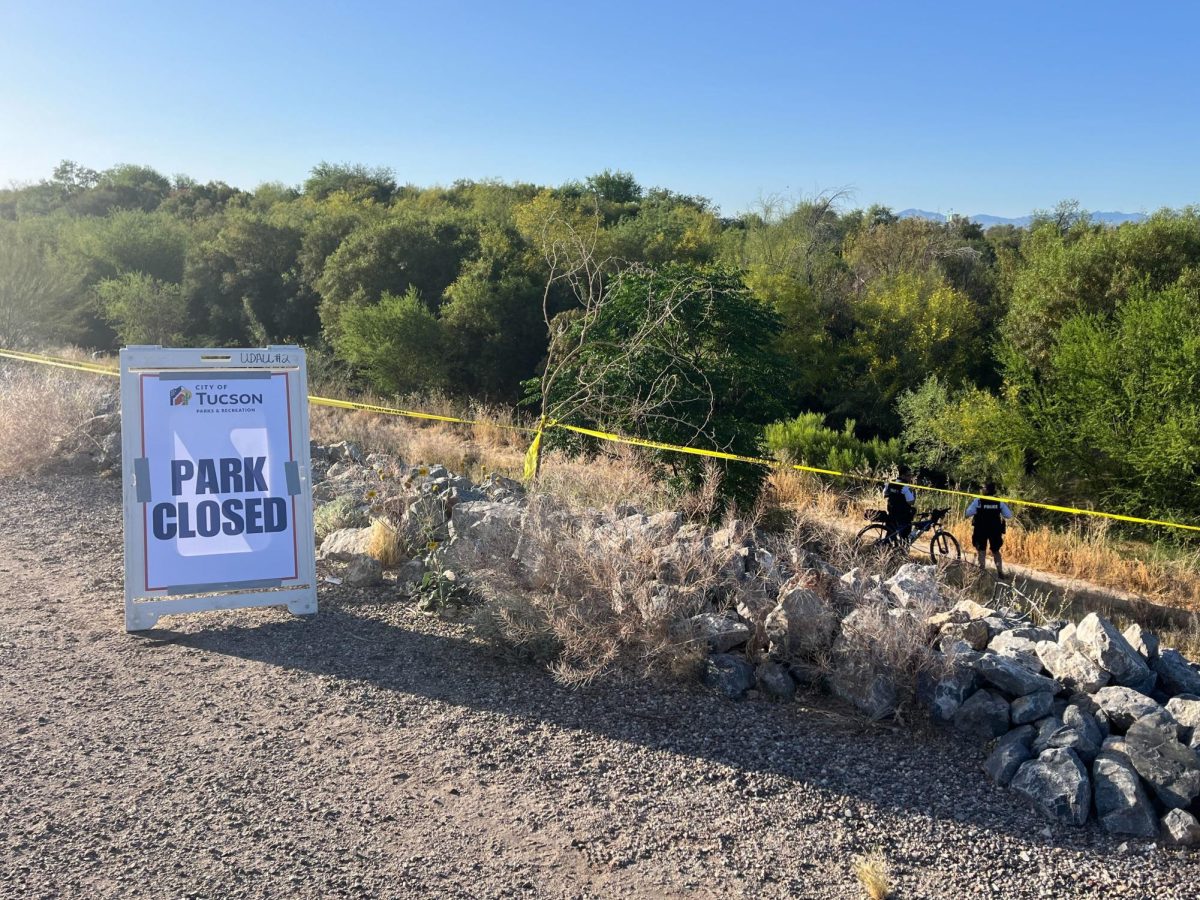UA scientists are studying the relationship between the amount of arsenic in human toenails and the levels in drinking water.
The study is motivated partly by research that revealed a high concentration of arsenic in water in Bangladesh, China and Taiwan. The water sources in these places contain high levels of arsenic and using this water every day has provenit be carcinogenic and associated with skin lesions and circulatory diseases, said Miranda Loh, assistant professor in the Mel & Enid Zuckerman College of Public Health and the study’s principal investigator.
In Bangladesh, China and Taiwan, the exposure to arsenic is natural and inherent in the geology of the areas. In Arizona, however, much of the arsenic comes from mine tailings, which are materials left over after valuable minerals are extracted from the mine’s ore.
The United States Environmental Protection Agency has set the arsenic standard for drinking water at 10 parts per billion. Communities surrounding the Iron King Mine in Dewey-Humboldt, Ariz., are suffering from high levels of arsenic exposure and their water is testing well beyond 10 parts per billion, said Todd Camenisch, associate professor of pharmacology and toxicology.
“If you go up there, it looks like a Martian landscape. It’s so red and rusty from the tailings,” Camenisch said.
Mine tailings are superfine, sugar-like granules, Camenisch said. They are mobilized by wind, which forces people to breathe them in. Rain also mobilizes toxins, allowing them to seep down into water table sources and contaminate drinking water.
Despite Arizona’s concerns about arsenic in drinking water, studying the relationship between arsenic in the human body and in drinking water is complicated by people’s usage of water filters and bottled water.
Although it’s expected that the amounts of arsenic in drinking water and the arsenic in toenails will be related, there is a chance that there may be no relationship if people are treating their water or getting it from other sources, Loh said. If the relationship is positive, she added, the next step is to suggest treatment of the ground water in order to reduce its levels of arsenic.








